Krag Johnsen, Vice President, Business Operations at GCI
----
The Arctic is rapidly evolving with new shipping lanes, cruise ships and increased human activity. The development of communications infrastructure in the Arctic should follow suit. However, it is much more complicated than delivering service to other parts of the world. The Arctic presents a special set of challenges that few have mastered. With shortened build seasons, rugged terrain and unforgiving weather, building out the infrastructure necessary to deliver telecommunications services is no easy feat.
GCI is working to connect all Alaskans. In just five short years, we have helped to expand Alaska’s telecom infrastructure using a combination of fiber, microwave and satellite technology to connect communities across the state. Today, GCI is serving over 100 communities in the Arctic. That’s about double the number of communities since 2010.
Here are a few of the projects we at GCI have been working on in the past five years to get us to this point:
- Mobile wireless network. GCI built a statewide mobile wireless network, expanding service to communities off the road network that were mostly unserved prior to 2008. And we’ve improved quality thanks to community-based, soft switch technology that works over satellite.
- LTE over satellite. Later this year we’ll be deploying an innovative LTE over satellite solution, originally pioneered by military operations, to about a dozen communities.
- Hybrid fiber/microwave system. To bring true broadband to the southwest region of Alaska for the first time, GCI built a broadband network that is part fiber and part microwave, made possible with seed money from a competitively graded Stimulus Act loan/grant. Today, GCI continues to invest private at-risk capital to upgrade and expand the network. In 2016, GCI will expand TERRA to 10 additional communities in the Northwest Arctic Borough and Norton Sound regions and connect Red Dog Mine and Noatak in 2017 for a total of 84 communities served.
- Fiber. GCI has more fiber in our network than any other provider in Alaska, and we’re currently building more, in part to create the redundant network that is so critical to our customers whose livelihoods, education, and health care depend on the uninterrupted connectivity we provide.
GCI of course is not the only one providing communications in the Arctic. Earlier this month I joined world Arctic telecommunications leaders in Barrow, the northernmost community in the United States, for a broadband summit. There was much to be excited about. We all celebrated the Arctic Slope Telephone Association Cooperative which had just finished upgrading their mobile wireless facilities in Barrow to provide faster speeds. And more providers are coming. OneWeb outlined their proposed low-latency satellite network. Iridium discussed how their satellite network can complement existing networks, especially in remote areas. Quintillion talked about their submarine cable project. And financiers, representatives of the U.S. government, foreign providers, and other stakeholders also shared their perspectives for how we can see even more progress. These are exactly the types of conversations that need to happen to continue to press forward.
We are all in this together. One of the good things about telecommunications is that when one project succeeds, it helps everyone else. Providers routinely interconnect their networks and buy service from each other. Everyone wins when customers have more choices, because it is robust competition that drives innovation, improves quality, and reduces prices.
As GCI looks at a future where all Alaskans have access to high-speed internet, we’ll continue to seek opportunities to partner with other stakeholders to find sustainable solutions for the Arctic.
There is still a lot of work to get to where we want to be, but as shown in the maps below we have made a remarkable the amount of progress in just the past five years. I look forward to how much further we can go in the next five years.
2010 Map
2016 Map




